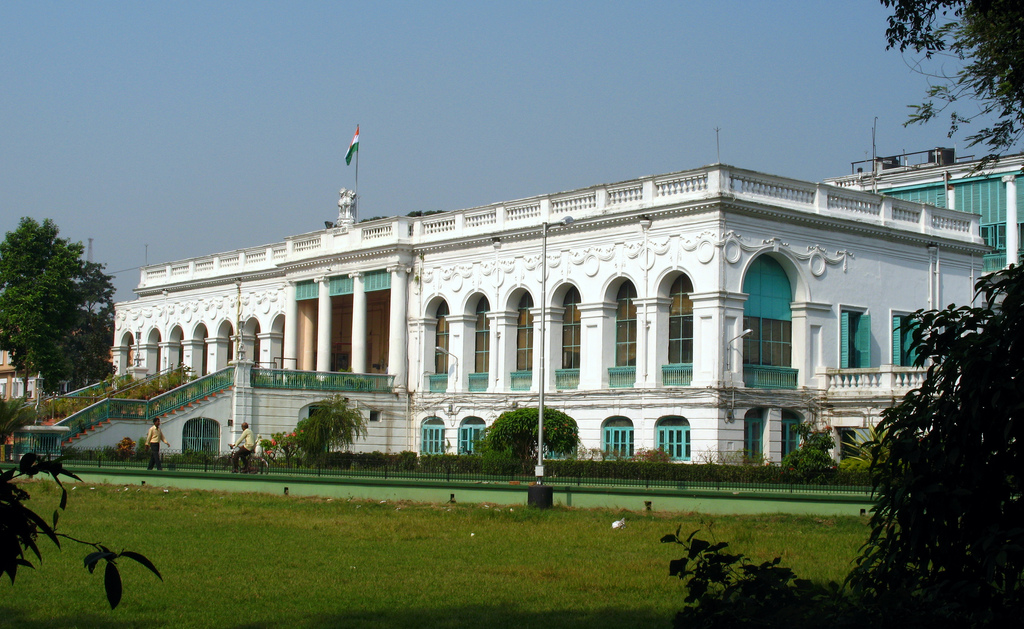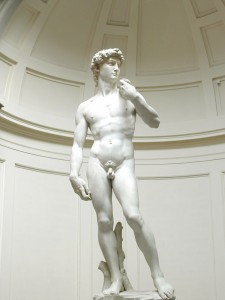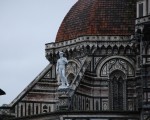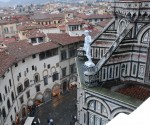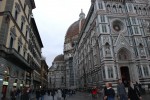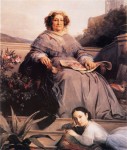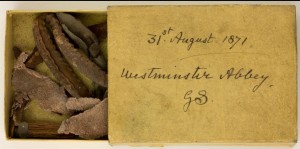Restorers working on the 18th century Belvedere House in Kolkata, home to the National Library of India, have found a large hidden room they had no idea was there. By found I mean they discovered that it existed, not that they’ve actually gone inside because there is no visible means of entrance or egress.
The house has suffered from neglect over the decades. Last year, all 2.2 million books were moved out of the old building into a new structure on the 30-acre estate so that the Belvedere House could be thoroughly restored.
The ministry of culture that owns the National Library decided to get the magnificent building restored by the Archaeological Survey of India since it is heavily damaged. Work has already started. It was while taking stock of the interior and exterior of the building that ASI [Archaeological Survey of India] conservation engineers stumbled upon a blind enclosure’ on the ground floor, about 1000 square feet in size.
A lot of effort has been made to locate an opening so that experts can find out exactly what it was built for or what it contains. But there is not a single crack to show.
“We’ve searched every inch of the first floor area that forms the ceiling of this enclosure for a possible trap door. But found nothing. Restoration of the building will remain incomplete if we are not able to assess what lies inside this enclosure,” said deputy superintending archaeologist of ASI, Tapan Bhattacharya. “We’ve come across an arch on one side of the enclosure that had been walled up. Naturally speculations are rife,” said another archaeologist.
Among the speculations are the classics: skeletons and hoarded treasure. Apparently prisoners were known to have been walled up and left to die in death chambers during the Raj, and secret treasure rooms aren’t unheard of either. Since the ASI can’t just go knocking down walls in 250-year-old historic buildings, they have to find a way to peek inside without damaging the structure. They’ve applied to the ministry of culture for permission to drill a small hole in the walled up arch through which they can shine a searchlight.
Belvedere House was built by Mir Jafar, the eighth Nawab of Bengal, in the 1760s and shortly thereafter he gave it to Lord Warren Hastings, the first Governor-General of India. It passed through various hands, private and public. Then in 1953, 3 years after Independence, the Imperial Library was renamed the National Library and the collection moved to Belvedere House.
It has long been rumored to be haunted, with lights mysteriously turning on in the ballroom and ghostly carriages seen driving up to the entrance. Certainly it has seen its fair share of intrigue. Hastings had a duel on the grounds with supreme council of Bengal member Sir Philip Francis in 1780. (Hastings had called him “void of truth and honor” in his private dealings, most likely referring to a number of affairs with ladies possibly including one Baroness Inhoff, a guest of Hastings’ at Belvedere House.)
